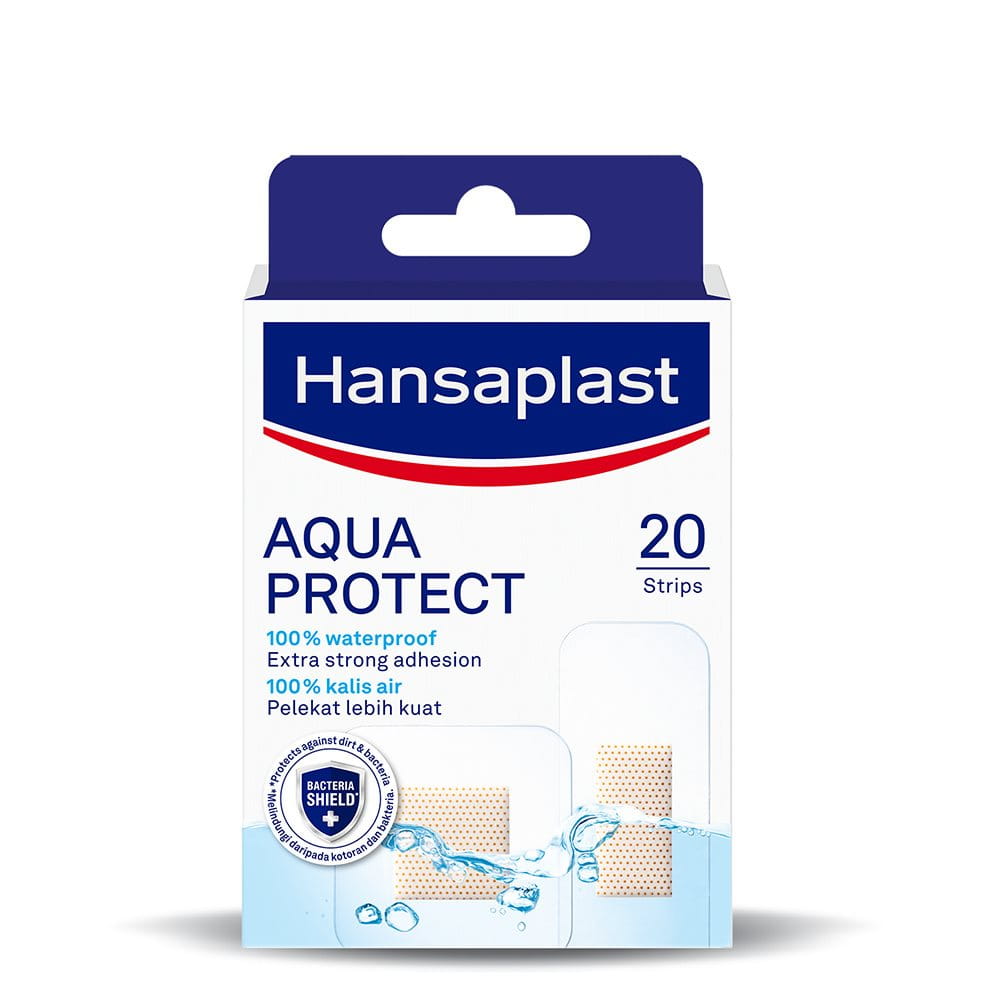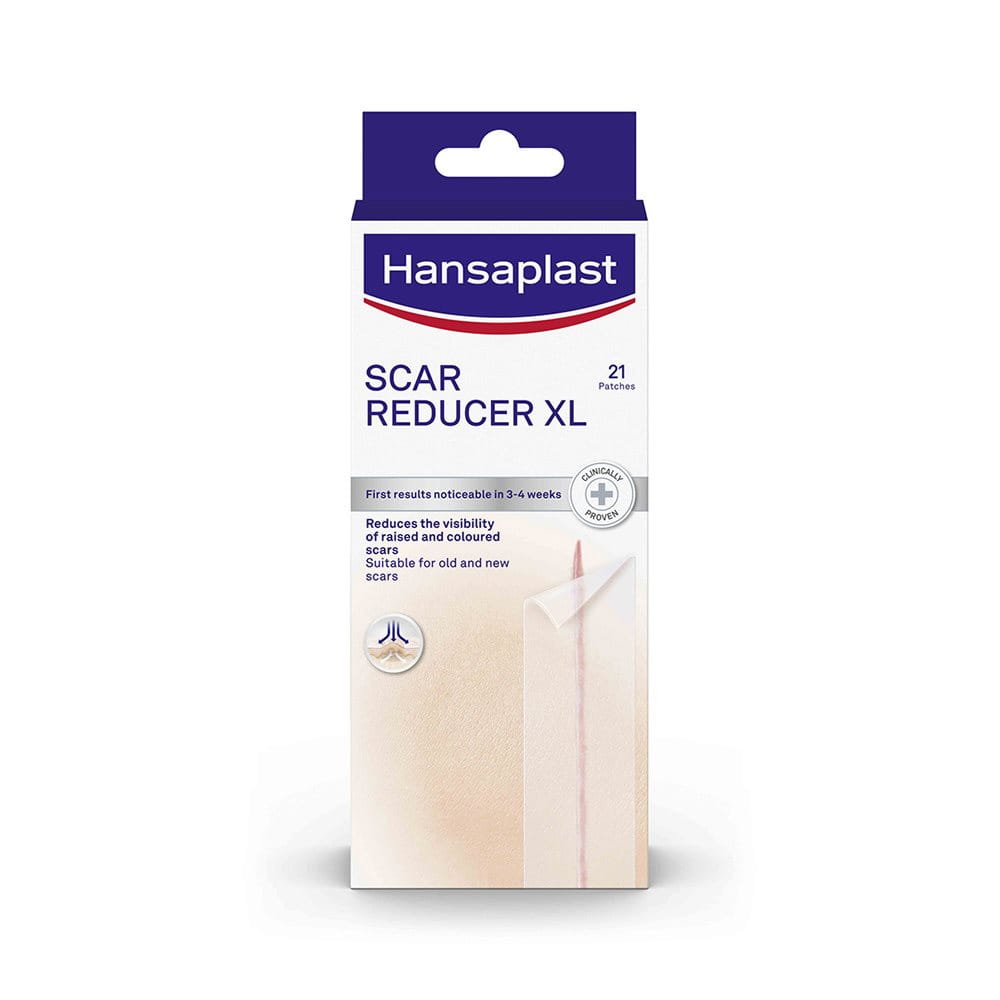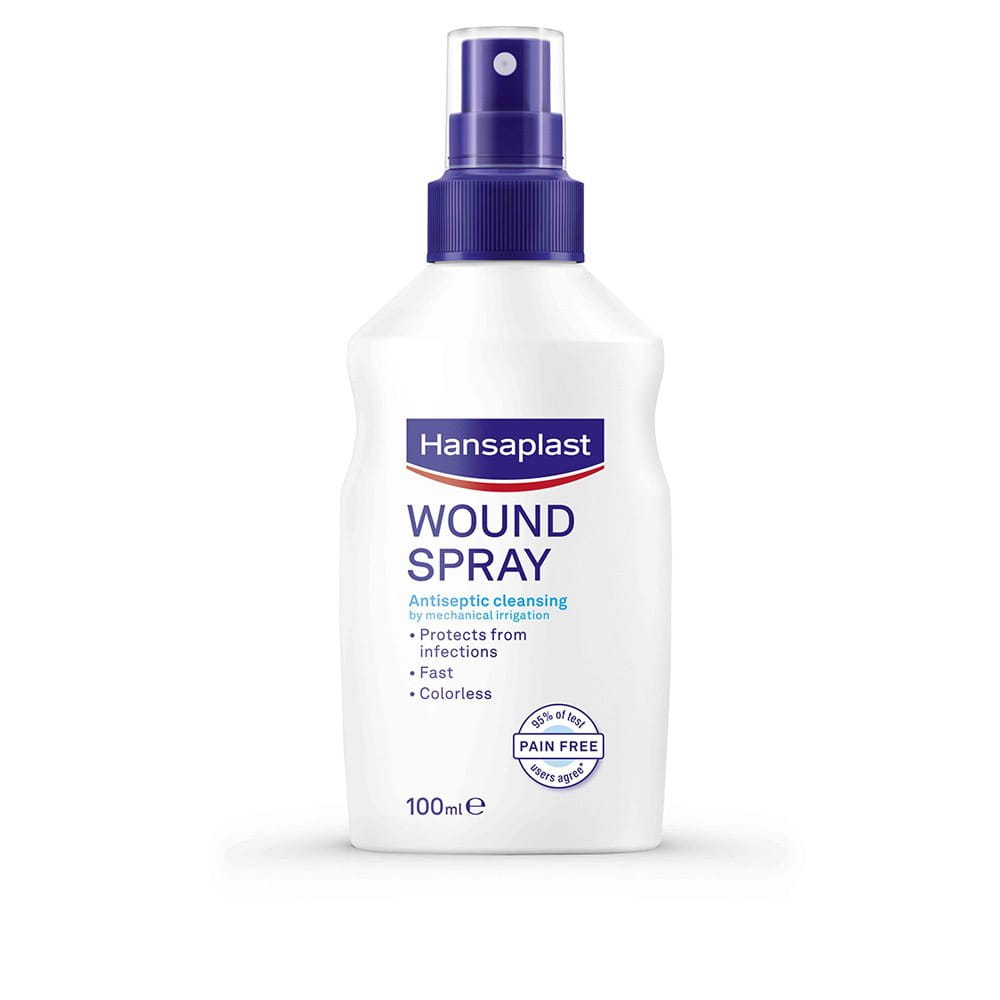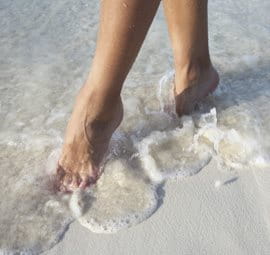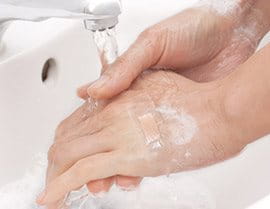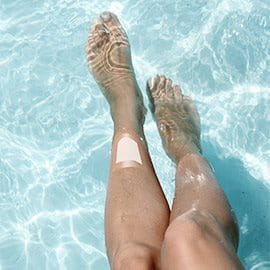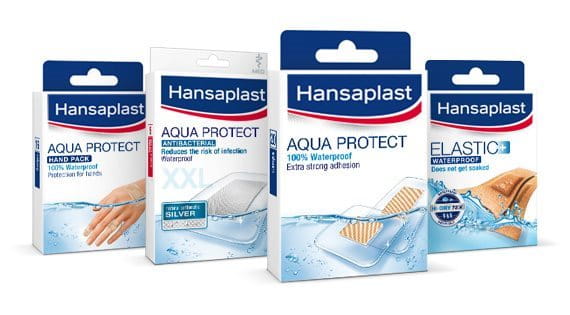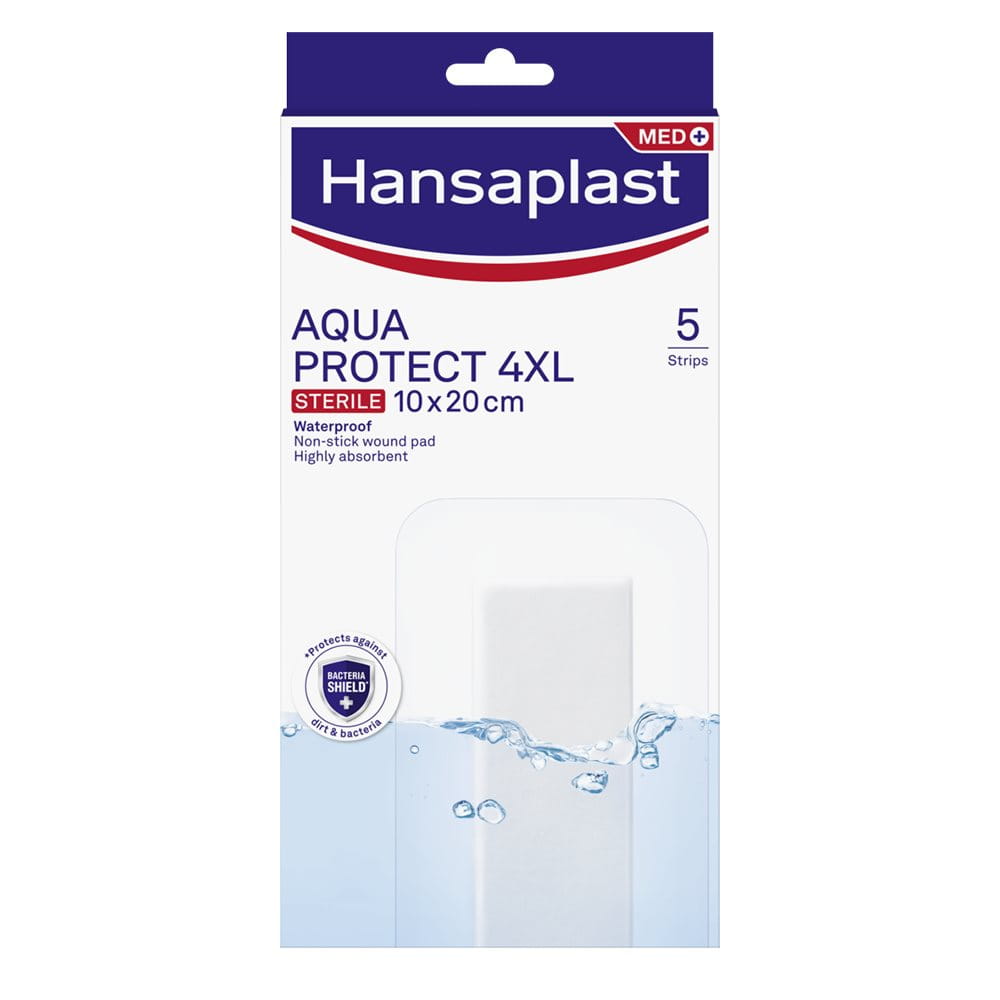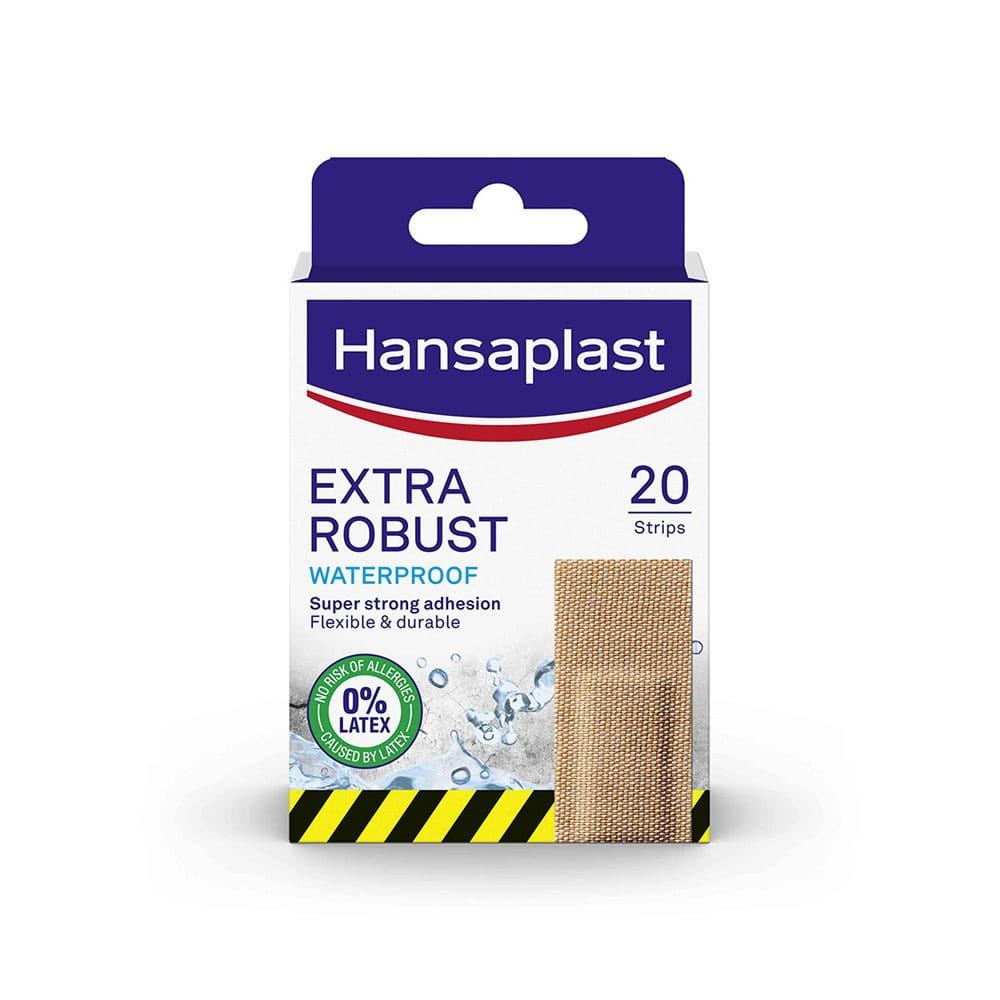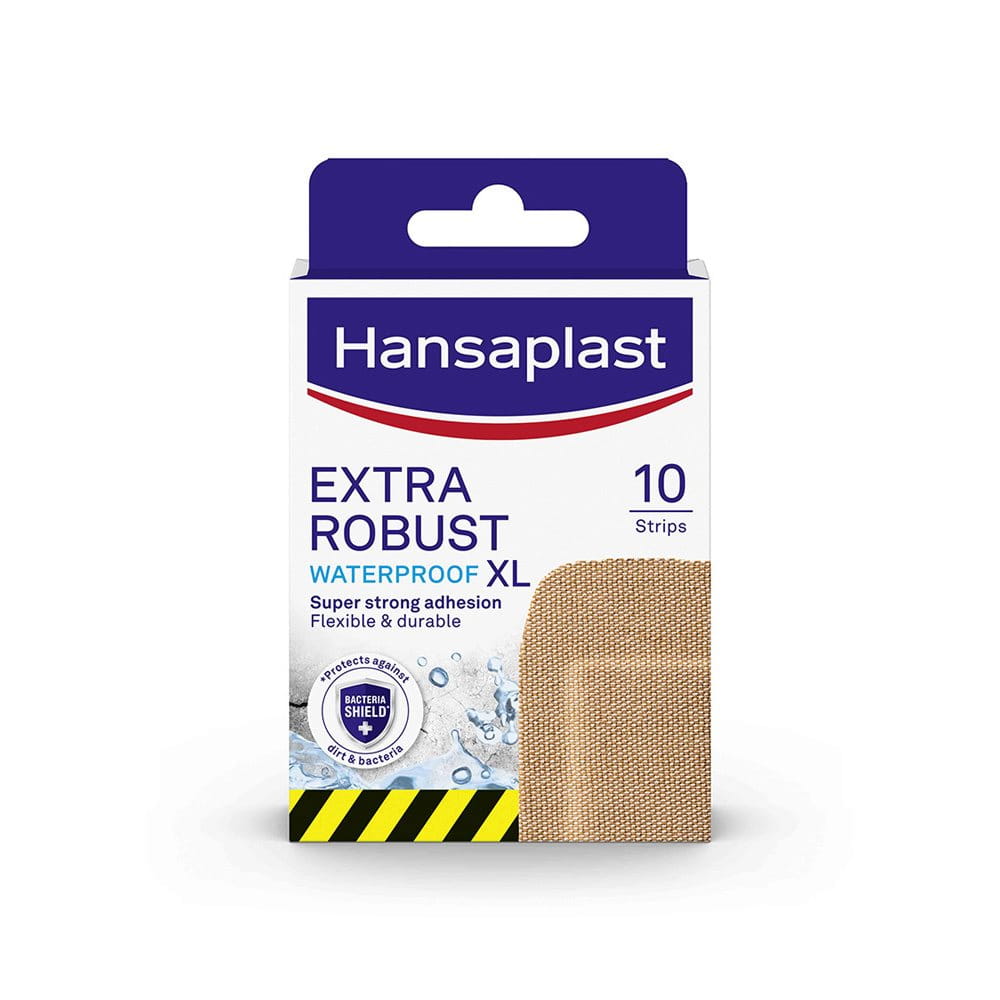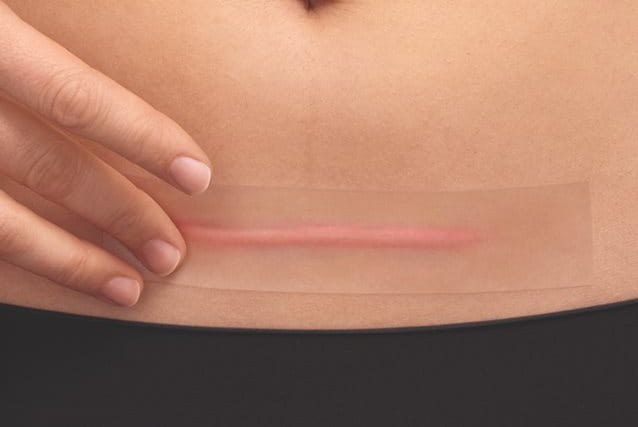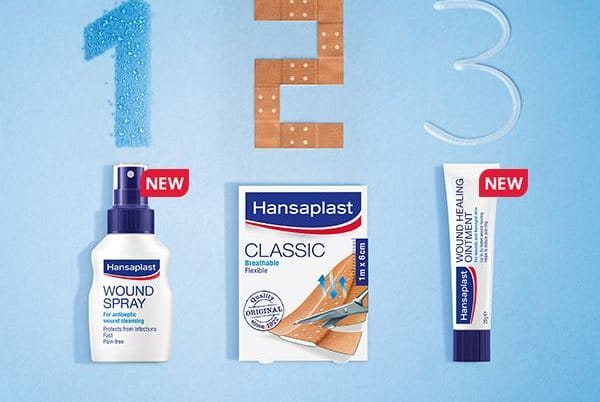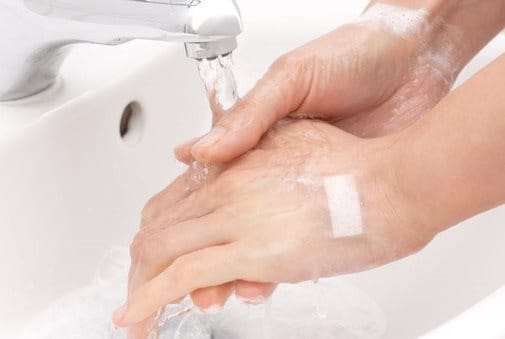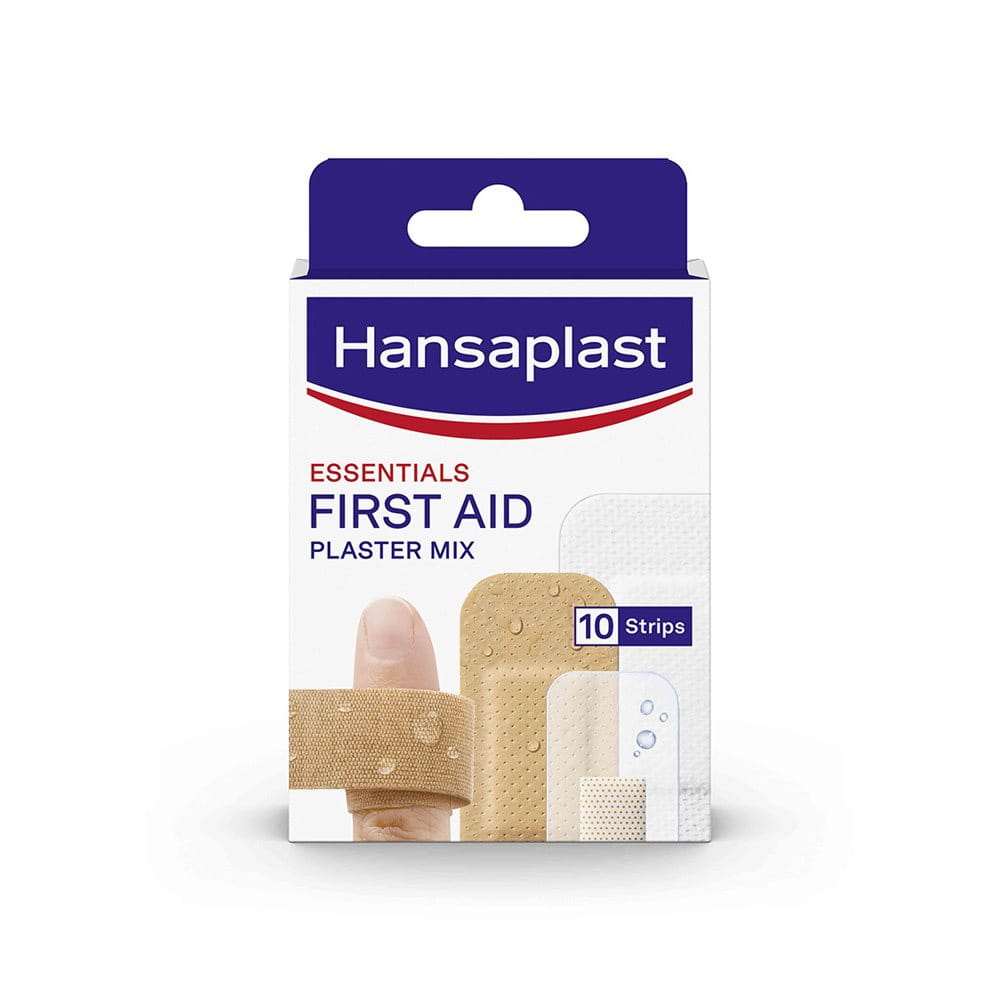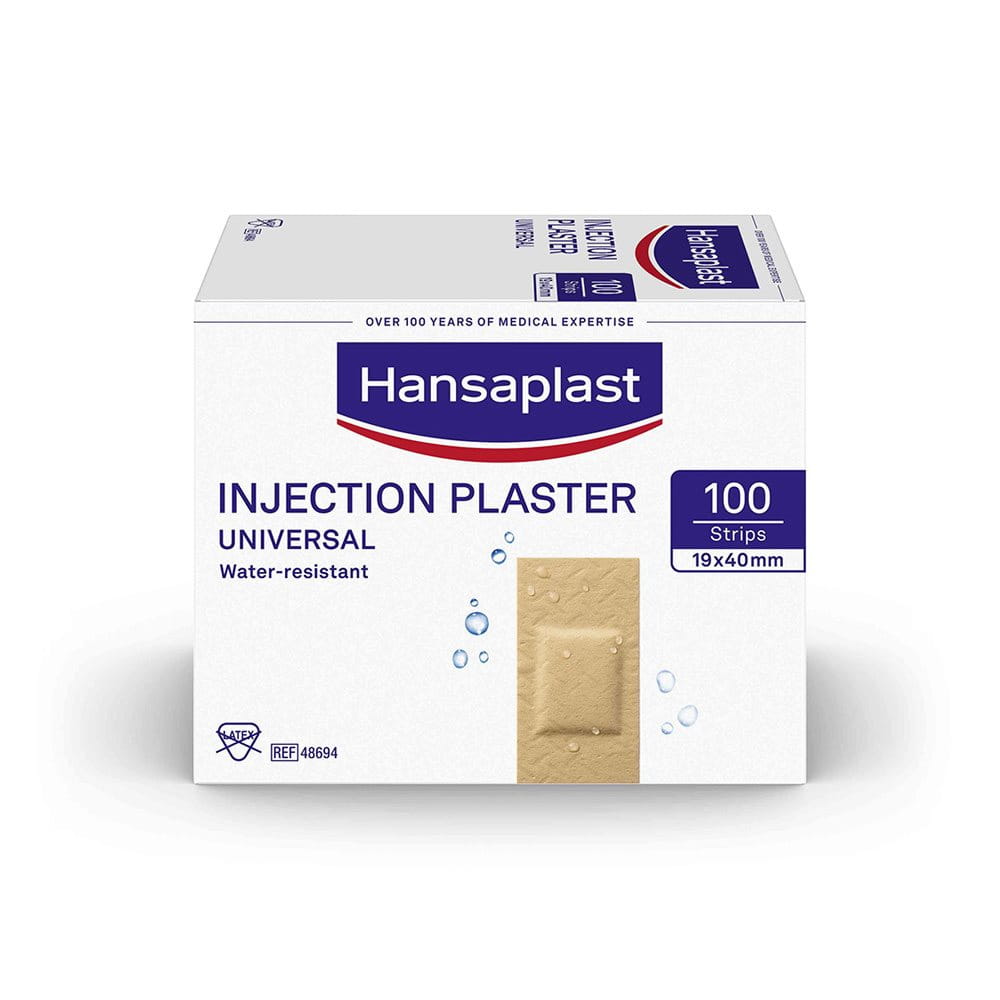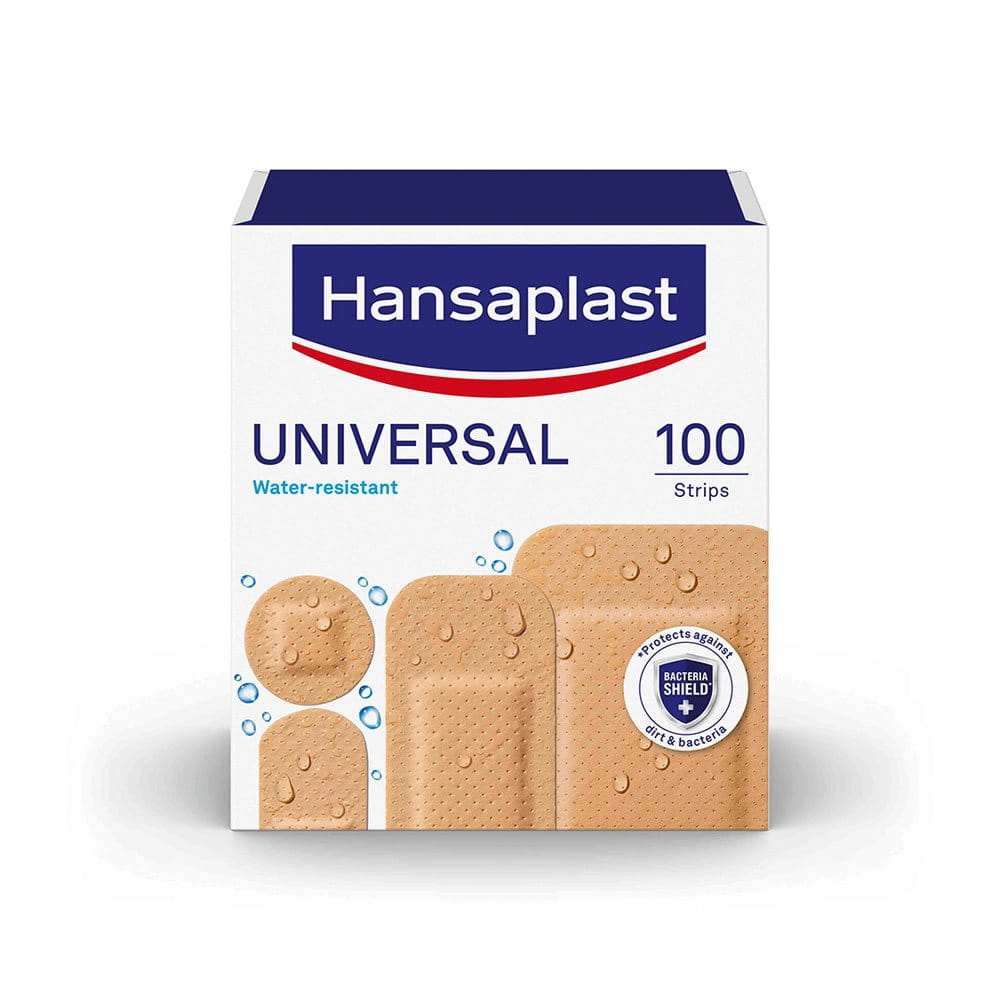Accidents and injuries are a part of life, and when they happen, it's essential to provide proper wound care and protection to promote swift healing. However, managing a wound can become more challenging when it encounters water. Water exposure can not only delay the healing process but also increase the risk of infection and other complications. Whether dealing with a minor cut, surgical incision, or a more significant wound, taking proactive steps to protect it from water is crucial.
In this article, we will explore how to protect a wound from water using waterproof coverings. Let's delve into how to shield your wounds effectively and maintain their well-being despite water exposure.
